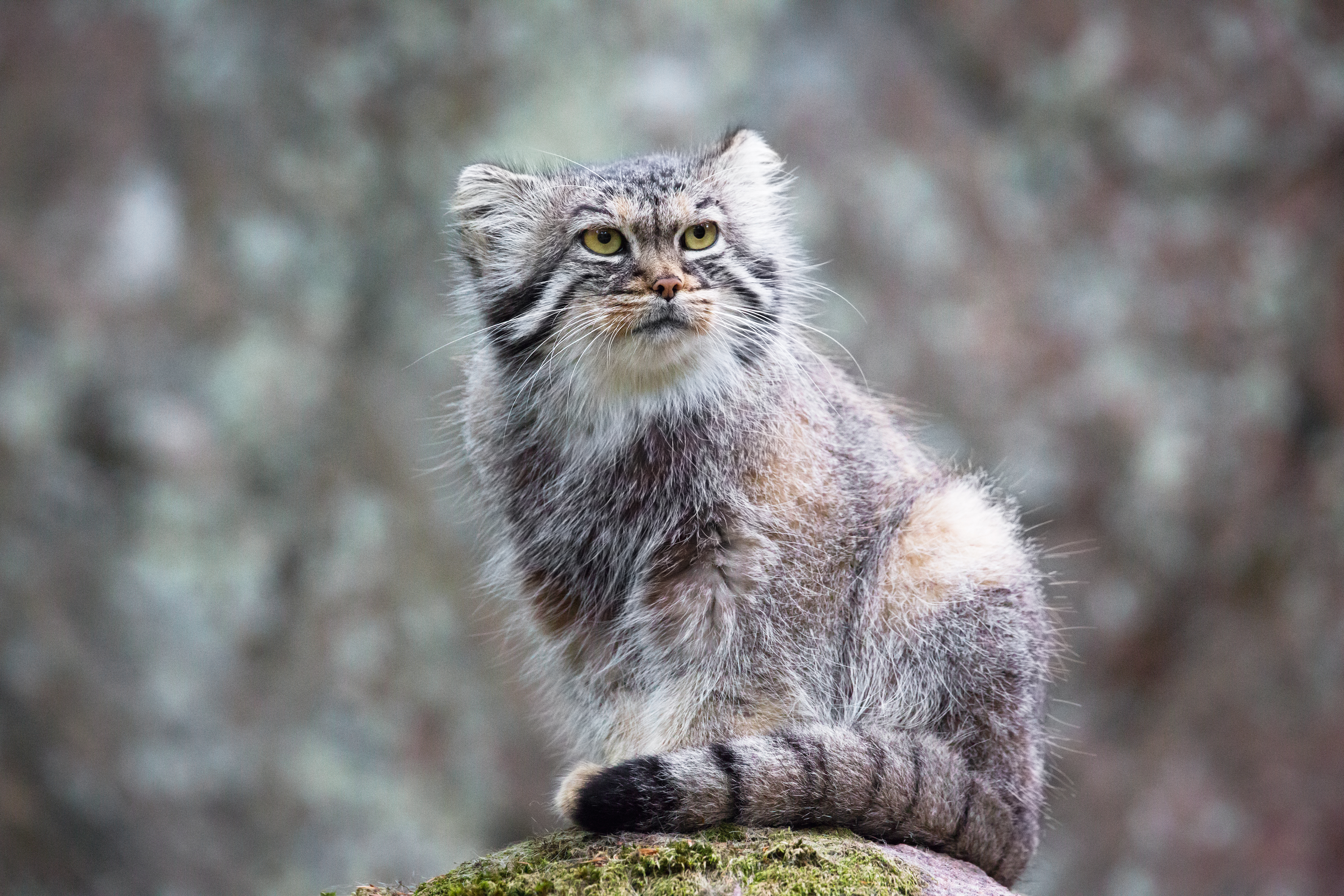Here are 13 animals starting with the letter ‘P’, but what have we forgotten? Let us know
From the weird Pink fairy armadillo and the deadly puffer adder to the king of the Arctic, the polar bear and the charismatic puffin , here are 13 animals beginning with the letter ‘P’
13 animals beginning with ‘P’
Portuguese man o’war
Often confused with a jellyfish, the Portuguese man o’war isn’t even one individual animal. In fact, it’s thousands of hydrozoans living and working together in a colony – each with a purpose. However, like a jellyfish, the tentacles do sting – and they’re extremely painful!
Puff adder
Growing up to 1.5metres in length (though more typically less than a metre), the puff adder is a venomous snake found in sub-Saharan Africa and parts of the Arabian peninsula. It is named for the hissing sound it makes when threatened by potential predators.
We named it one of the deadliest snakes in the world
Pink fairy armadillo

An elusive species found only in central Argentina, the pink fairy armadillo is the smallest armadillo and a delightful little creature with pink scales and silvery-white hairs. Very little is known about its behaviour, and attempts to study captive ones have proven fruitless as they die quickly in captivity.
Painted dog
Also known as African wild dogs, the ‘painted’ name comes from the patterned coat. Living in packs, they have a 80% successful rate on their hunts (compared to 25% for lions) where they use teamwork to chase and bring down their prey.
- Remembering African Wild Dogs: Beautiful photographs of this wild canine, also known as painted dogs.
- Wolf vs dog: what’s the difference between man’s best friend and its wild cousin?
Purple emperor butterfly

One of the most impressive species of butterflies found in the UK, and the second largest behind the swallowtail, the purple emperor is named for the beautiful and iridescent purple sheen found on the upper wings of the males. Females are brown and resemble the white admiral butterfly.
Peregrine falcon
The peregrine falcon is the most widely distributed bird of prey, found on every continent except Antarctica. It is also the world’s fastest bird and fastest animal, with its diving speed during flight reaching more than 186 miles per hour.
Polar bear

The iconic face of climate change, the polar bear is an impressive large bear found in the Arctic. It is the world’s largest bear and largest land carnivore, and the only bear to be classified as a marine mammal as it lives on sea ice and hunts in the ocean.
Pygmy marmoset

The two species of pygmy marmoset are both found in South America and were only recently split into two distinct species. They are the smallest monkeys in the world, but are not quite the smallest primate – that accolade belongs to the Madame Berthe’s mouse lemur of Madagascar.
Piranha

Piranhas have become famous for their ferocious appetite, but they mainly feed on smaller animals – and even plant materials. They will usually only attack humans if the water levels are low, and even then, there is no official recorded death of a human as a result of piranhas.
Pallas’s cat

Native to the Central Asian steppe, the Pallas’s cat is also known as the manul or steppe cat. It is incredibly fluffy thanks to a very thick fur coat that helps it survive in the steppe’s freezing climate.
Porcupine

Probably one of the spikiest animals in the world, porcupines are large rodents covered with sharp spines, or quills, that protect them from predators – or most predators. There are some that will give them a go…
Puffins
With their brightly-coloured beaks, puffins are charismatic seabirds and loved by many. They spend most of their lives at sea, only landing on coastal islands in spring and summer to form breeding colonies.
Penguin
Highly adapted for life in the water, penguins are spectacular aquatic flightless birds and fascinating to watch. There are 18 species of penguin which are found in a variety of countries, all the way from Antarctica to the equator. Fossil records show that there were at least 25 species of penguin in the past, several of which have gone extinct.
- How can penguins dive so deep?
- Why are there no penguins in the Arctic?
- Flightless birds: Meet some curious – and often strange – land-based avian wonders